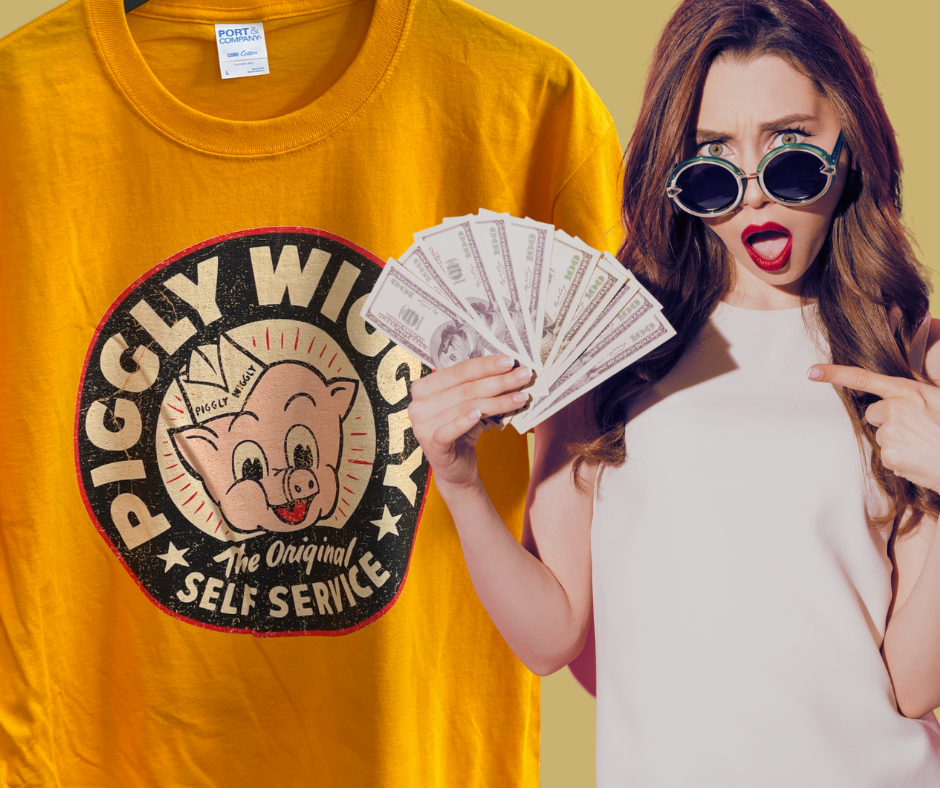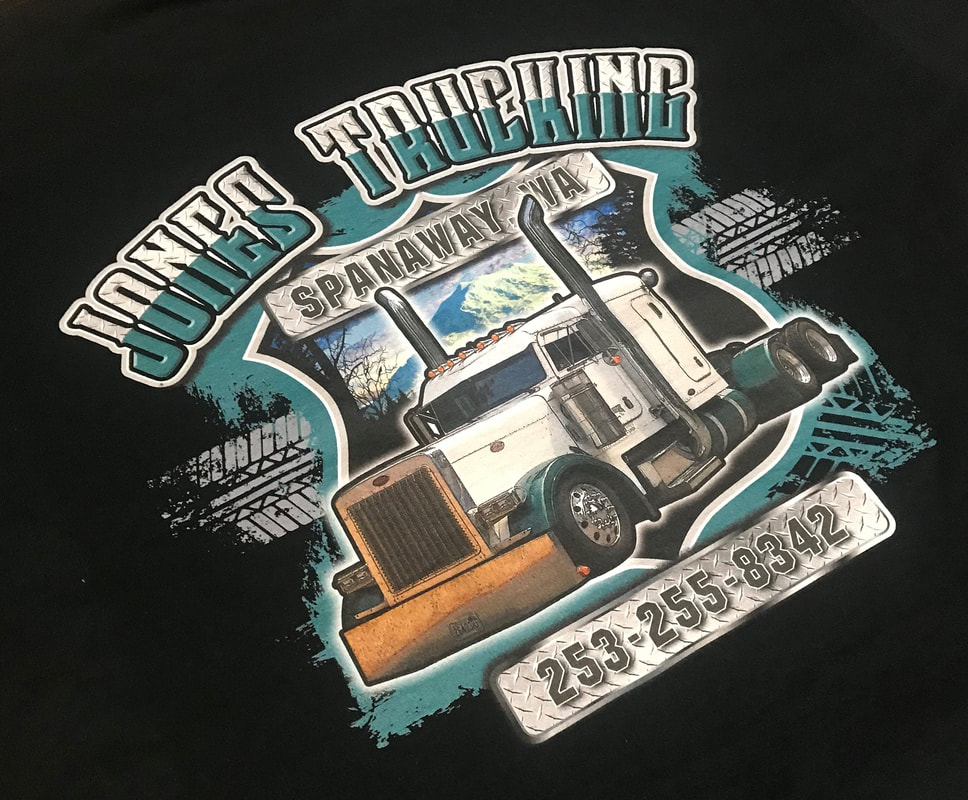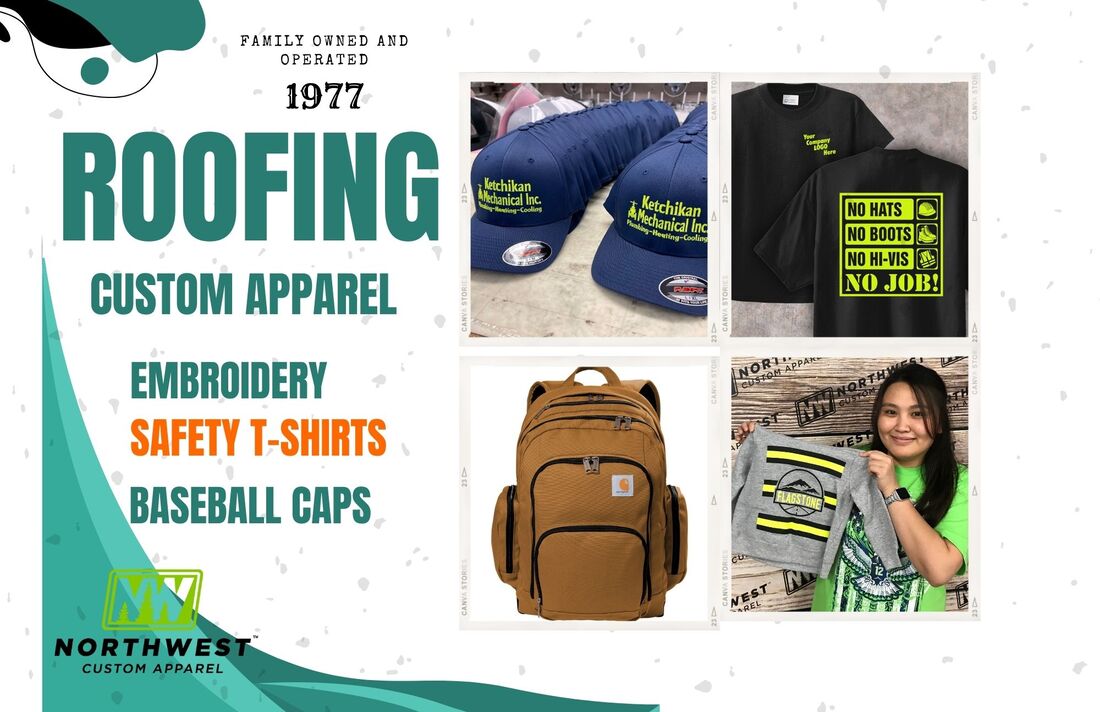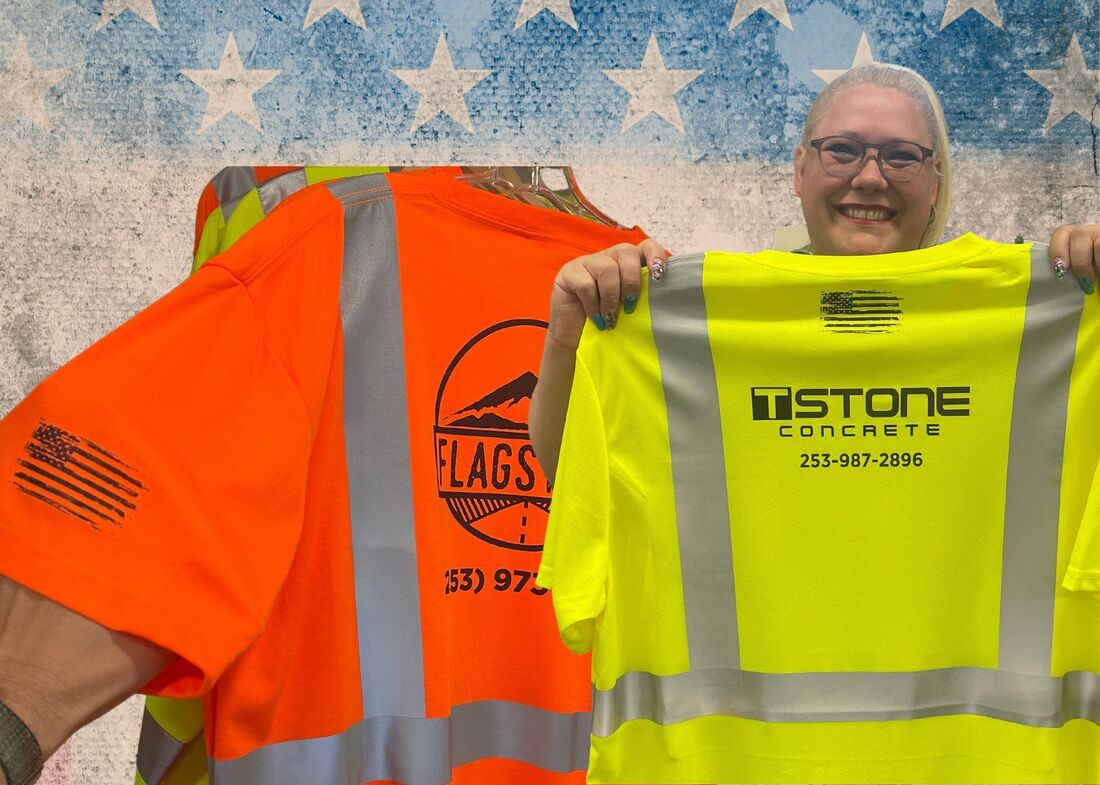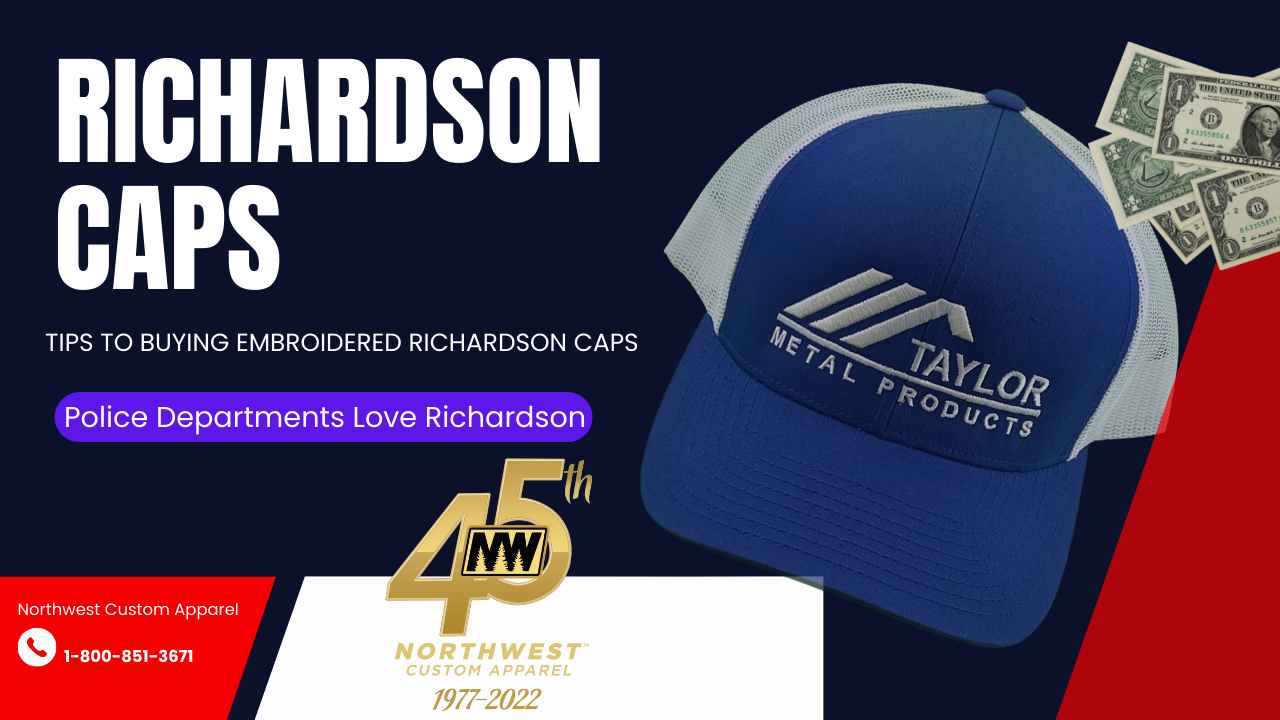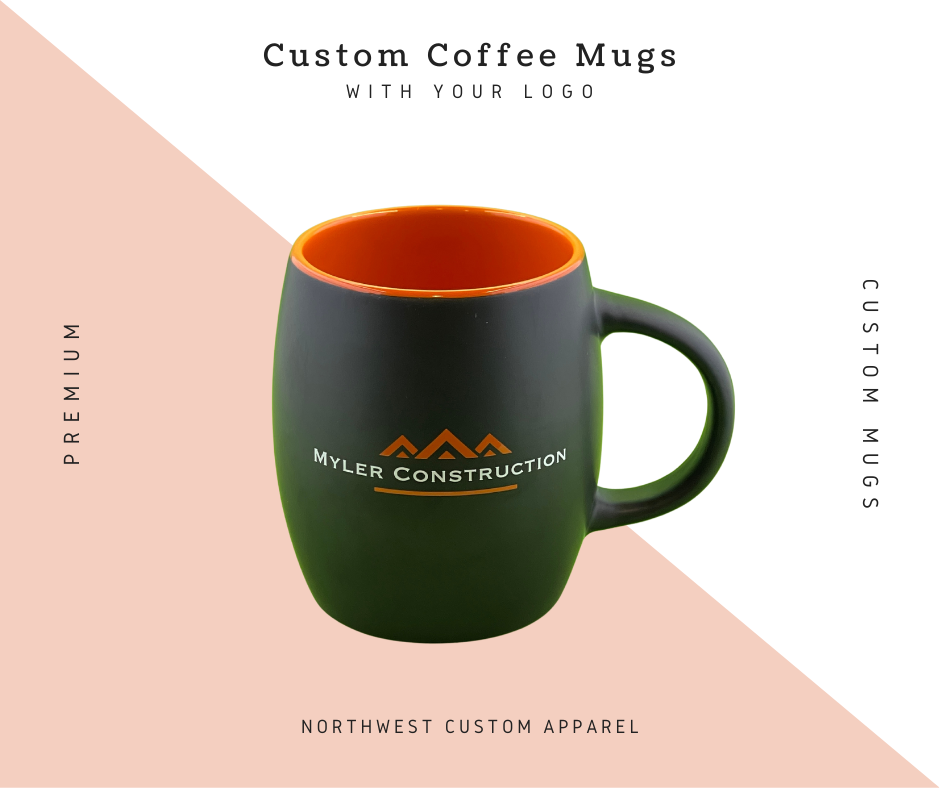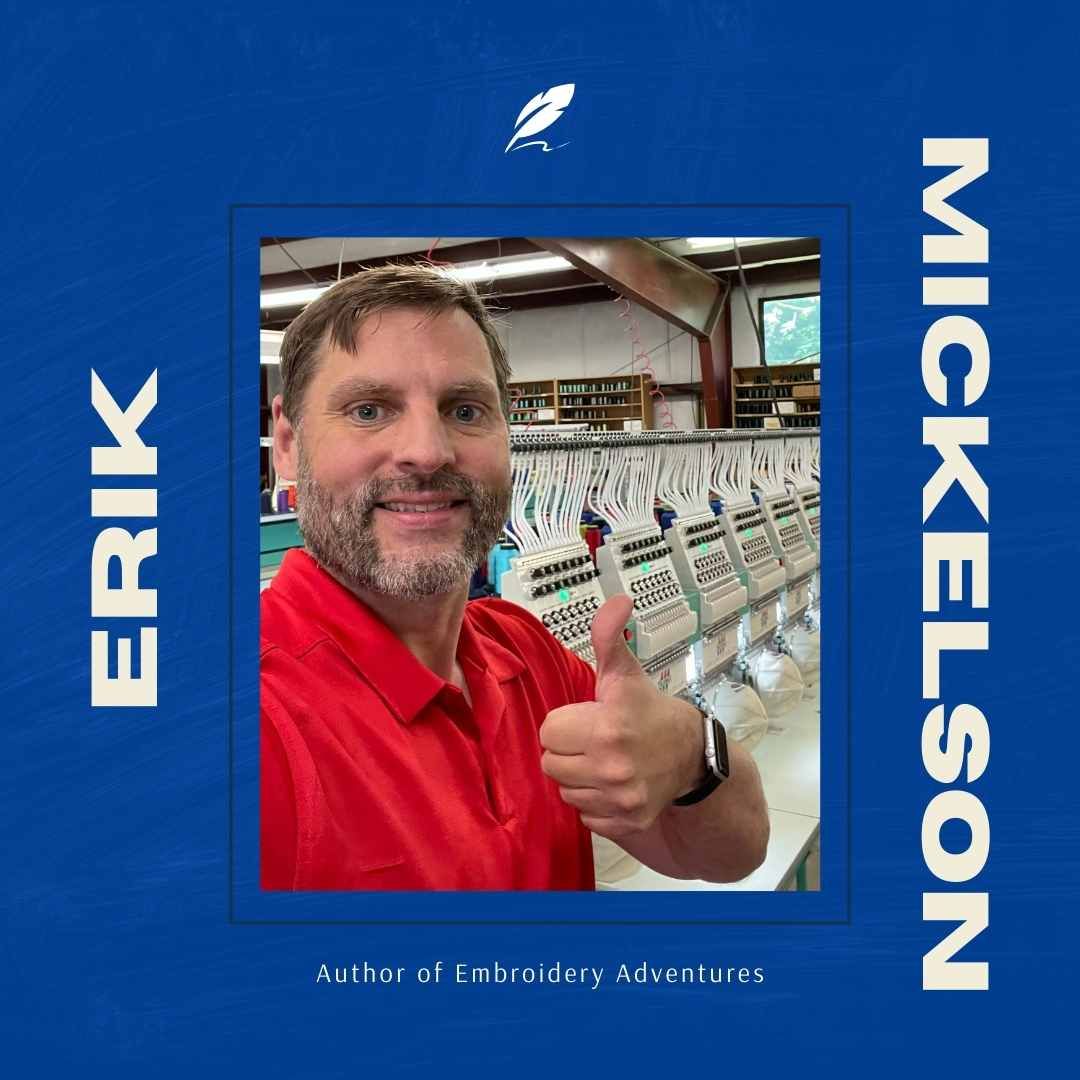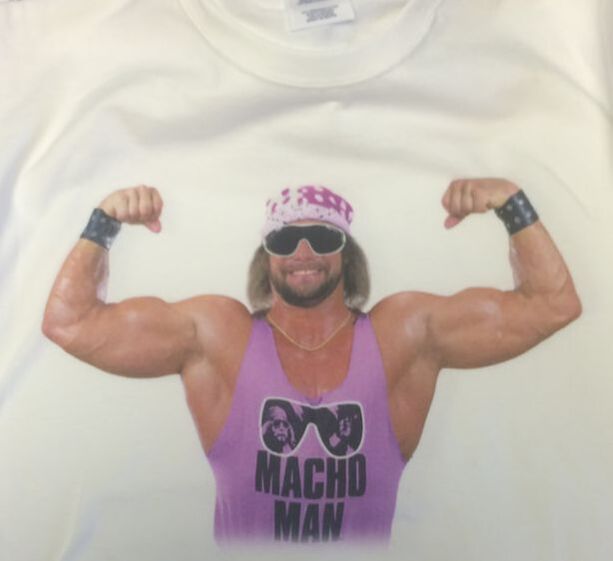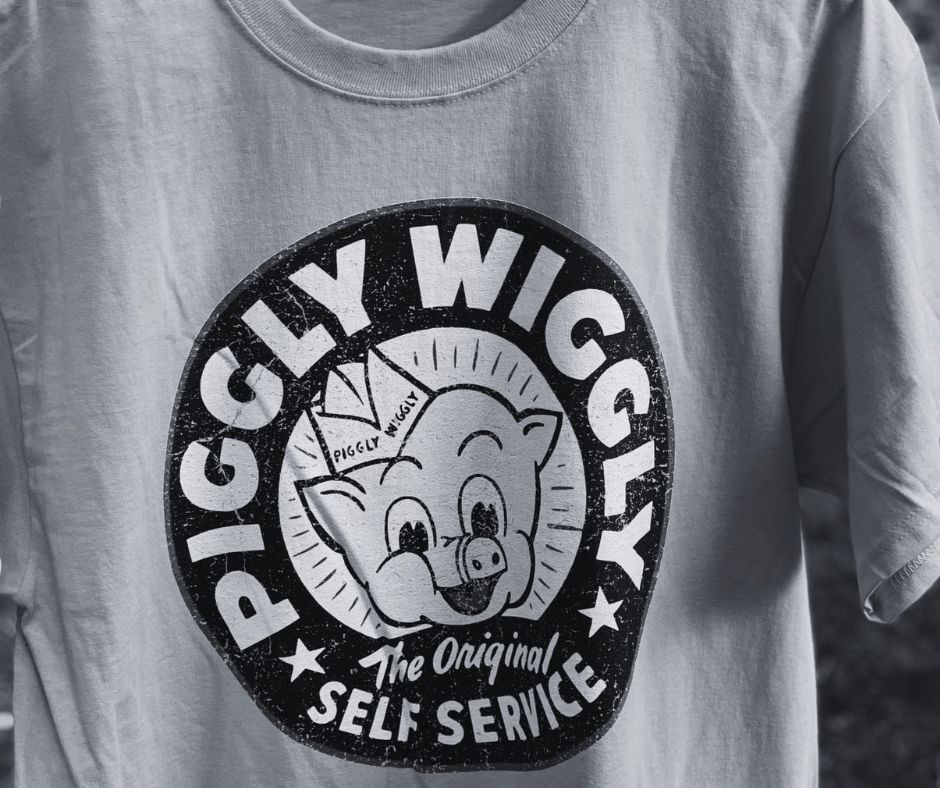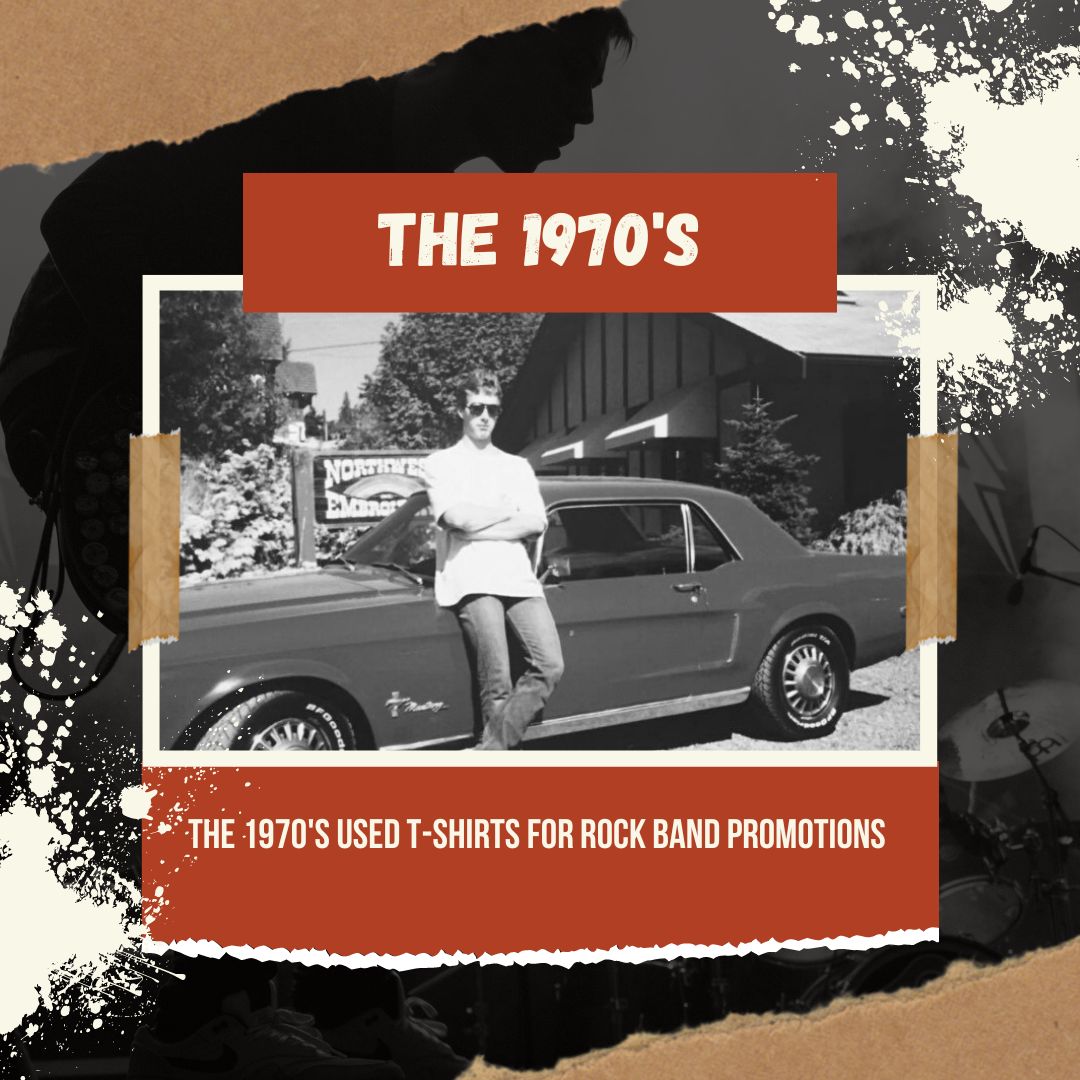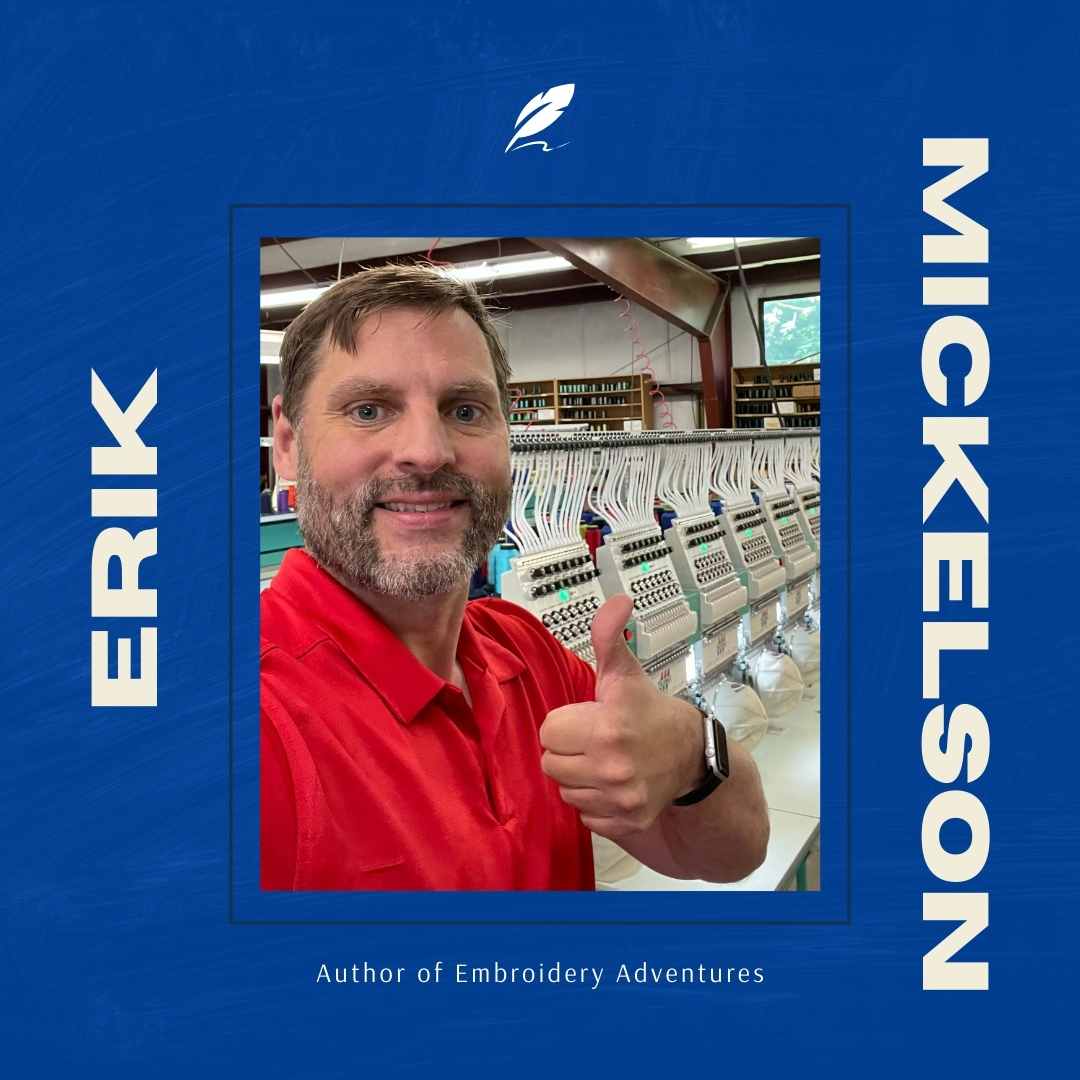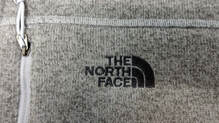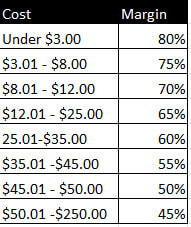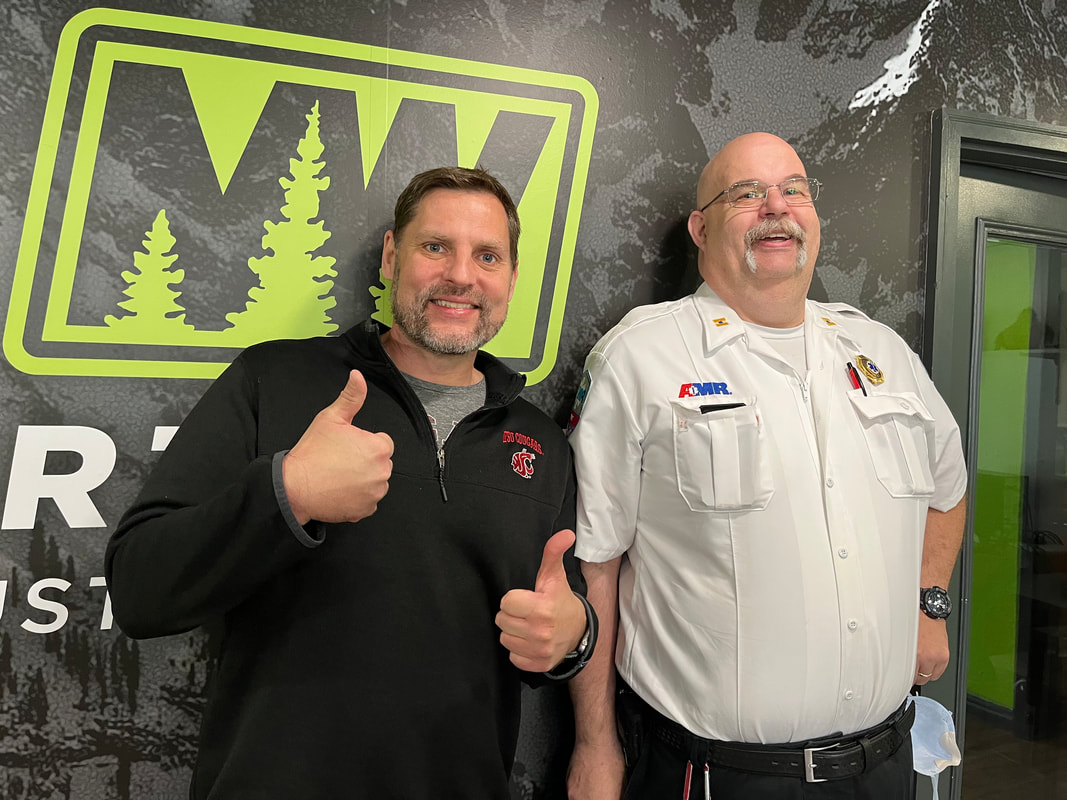|
Custom shirt printing has become a popular way to express individual style, promote businesses, and create unity among sports teams. With the availability of hundreds of products for customization and a variety of printing and embroidery options, it has never been easier to create your own custom shirts.
The main advantage of custom shirt printing is the ability to unleash your creativity and bring your unique vision to life. This article will provide a comprehensive guide to custom shirt printing, including the different product options available, the customization choices you have, and how to maximize your budget. Whether you are a business owner, a sports team manager, or an individual looking to express your style, custom shirt printing can help you achieve your goals. With quick turnaround times and U.S.-based customer service available, you can trust that your custom shirts will be of high quality and delivered in a timely manner. So, let’s dive into the world of custom shirt printing and unleash your creativity! Product Options The available product options for customization include a range of apparel items, such as t-shirts, long sleeve shirts, sweatshirts, polos, hats, beanies, outerwear, and kids’ clothing, with no minimum order required and a satisfaction guarantee policy. This means that individuals and businesses alike can order as few or as many custom apparel items as they need without having to worry about meeting a certain order quantity. Additionally, the satisfaction guarantee policy ensures that customers are happy with their products and have the option to return or exchange them if not. The variety of product options available allows for a diverse range of customization possibilities. From creating company team shirts to designing personalized gifts, the options are endless. Whether it’s a casual t-shirt or a more formal polo shirt, there is something for every occasion. Furthermore, the availability of kids’ clothing makes it possible to create custom apparel for school events or sports teams. Overall, the product options for customization provide a flexible and convenient way to unleash creativity and showcase individual or business branding. Customization Choices Various customization options are available for custom shirt printing. One of the most popular methods is DTG digital printing, which is perfect for highly detailed designs such as photographs. Screen printing is another common method, which is typically the cheapest professional printing option and has a minimum order of six pieces. For those looking to add special effects to their design, there are special effect inks available, such as glitters, foils, glow-in-the-dark, and high-density. All over printing is available for single color screen printing on short sleeve t-shirts only. Embroidery is also an option, with a low minimum order of six pieces and free digitizing. 3D puff embroidery is popular on hats and adds dimension to designs. Patches are available in embroidered or leather options and can be sewn onto various garments. Custom relabeling is available with screen printed, woven, or heat transfer labels. When choosing a customization option, it is important to consider the design and the intended use of the garment. For example, if the design is highly detailed, DTG digital printing may be the best option. If the design is simple and requires a large quantity, screen printing may be the most cost-effective choice. Special effect inks can add a unique touch to the design, but may not be suitable for all types of garments. Embroidery is a durable option that adds a professional look to the garment. Patches can be a great way to add branding to a garment, while custom relabeling can create a cohesive brand identity. With all of these options available, custom shirt printing allows for endless possibilities to unleash your creativity. Maximizing Your Budget To optimize budget when selecting customization options for apparel, it is crucial to consider factors such as the number of colors in the design, the brand of the garment, and taking advantage of bulk quantity pricing. Limiting the number of colors in the design can significantly reduce the cost of printing, as each additional color requires a separate screen or digital print. Choosing a brand that offers affordable options without sacrificing quality can also help maximize budget. Additionally, ordering in bulk can lead to significant discounts per item, making it more cost-effective to order a larger quantity at once rather than smaller batches over time. Another effective way to maximize budget when customizing apparel is to take advantage of the variety of customization options available. For example, opting for screen printing over embroidery can save money, as screen printing typically has a lower minimum order and is less expensive per item. Similarly, choosing to use custom relabeling instead of ordering pre-labeled garments can save costs in the long run. Finally, working with a company that offers transparent pricing, clear return policies, and top-notch customer service can help ensure that the project stays within budget without sacrificing quality or customer satisfaction.
0 Comments
Do you want to make sure your custom embossed shirt stands out? According to a recent survey, almost one in four people are now purchasing personalized apparel for special occasions. With this in mind, it’s important that you know how to get the most out of your customized shirts. In this article we will explore the top six tips for making the most out of custom embossed shirts. From choosing the right material to adding eye-catching details, these simple tricks can help you create an unforgettable design that is sure to stand out from the crowd. We will also discuss why quality matters when it comes to creating custom designs and what elements should be considered when selecting materials and printing techniques. So if you’re looking for ways to ensure your next custom embroidered shirt looks its best then keep reading! These easy-to-follow tips have been put together with years of experience working with all types of fabric and printing methods so you can be confident that following them will give you a unique result every time! ## 1. Identify Your Target Audience Studies show that custom clothing is becoming increasingly popular for businesses looking to increase brand awareness and expand their customer base. Creating custom embossed shirts can be an effective way of doing this, but it's important to identify your target audience first in order to make the most out of them. When considering who you're targeting, think about factors such as age, lifestyle or hobbies. These details will help determine which colors, fonts and designs would best appeal to your customers, thus helping you create a shirt they'll actually want to wear. Additionally, consider the type of material used; cotton and polyester are popular choices due to their breathability and durability. With these elements in mind, you'll have greater success with your custom embossed shirt design. Furthermore, remember that quality matters too - choose higher-quality materials if possible so that your customers remain satisfied with their purchase over time. And don't forget the importance of accurate sizing; use measurements rather than standard sizes when creating bulk orders for larger groups like teams or organizations. Taking all these tips into account will ensure you get the highest ROI from your custom embossed shirts. ## 2. Consider Different Types Of Embossing Making the most out of custom embossed shirts is an art! And it takes more than just identifying your target audience to get it right. The next step? Consider different types of embossing! It’s a huge factor that needs to be given utmost importance when designing these unique apparel items. When thinking about the type of embossing you want, here are 3 things to keep in mind: 1) Text size and font - make sure the text stands out on the shirt and can easily be read; 2) Design elements - use intricate designs or simple ones depending on what looks best for your design; 3) Embossing techniques - think about whether you should go with debossing or raised printing effects. With all this taken into account, you'll be able to create truly stunning custom embossed shirts that will wow everyone who sees them. Now, let's move on to selecting the right fabric and color for your customized apparel pieces. ## 3. Select The Right Fabric And Color Are you wondering what type of fabric and color will work best for your custom embossed shirt? Selecting the right material can help ensure that the end product meets your expectations. When picking a fabric, think about how you want it to look and feel. You may want something lightweight or heavier depending on the climate in which it will be worn. Consider breathability as well, if you plan to wear it during physical activity or warmer weather. As far as color goes, keep in mind what kind of effect you are trying to achieve with the design and make sure that the background shade complements it. If necessary, enlist help from an expert who specializes in textile design to figure out which combinations would work best for your needs. With these tips in mind, you’ll be able to select just the right fabric and color for your custom embroidered shirts – creating a finished product that looks great! Now let's move on to determining a design or logo for your project... ## 4. Determine A Design Or Logo Using custom embossed shirts is a great way to add personality, flair and professionalism to any wardrobe. According to recent studies, nearly 80% of people wear t-shirts at least once a week. Therefore, making the most out of custom embossed shirts requires careful consideration of design choices. The fourth step in creating an eye-catching shirt involves determining a logo or design for it. Embossing can be used with text, images or both depending on the occasion. It's important to consider how large the logo should be so that it stands out without overwhelming the look and feel of the shirt itself. Additionally, some logos may require complex details which will need more intricate embossing techniques such as debossing or engraving into the fabric. Carefully selecting colors and fabrics that best suit personal style while considering placement of embossing can help ensure that the finished product turns out exactly as planned. ## 5. Consider The Placement Of Embossing When planning custom embossed shirts, placement of the embossing is a critical factor to consider. Where the design or logo appears on the shirt will impact how it comes across to viewers and be sure to keep in mind who’ll be wearing it when choosing where you want your embossing. An ideal spot for a large logo may not work as well if small text needs to appear with it. Additionally, the size of the text should also correspond to its location on the garment. Remember that color plays an important role too; have colors that match or complement each other so they don't clash visually. Also note any existing colors or textures already present on the item being printed so you won't accidentally create a lost effect with your final product. Understanding all these elements before printing can help ensure you get exactly what you're looking for out of your custom embossed shirts. With careful consideration of placement, colors and sizes, embossing can become an incredibly powerful tool for making a statement about yourself or your brand. ## 6. Utilize Embossing For Brand Recognition Perfecting the power of promotion through perfect placement, utilizing embossed shirts for brand recognition offers a plethora of potential. By customizing your clothing with creative designs and captivating colors, you can create an aesthetic that stands apart from the competition. Embossed clothing not only adds character to any look but also provides distinct details that draw in eyes and ignite imaginations. When using embossing for promotional purposes, it is important to place the design thoughtfully so that it most effectively captures attention. Consider where people will be looking when they see your shirt-will it be worn on the front or back? Will they read top to bottom or side to side? With strategic placement, you can make sure that key messages are seen clearly and quickly by others. TIP: Design logos larger than usual if planning to use them as part of promotional efforts; bigger logos stand out better and attract more attention! Utilising embossed garments strategically is essential for making the most out of this powerful marketing tool. ## 7. Use Embossed Shirts As A Promotional Tool Embossed shirts are like shining stars in a night sky -- they stand out and make an impression. Whether you’re looking to create a unique design, or add brand recognition with your logo, embossed shirts can be a great promotional tool for any business. Beyond just their graphics, the tactile element of embossing gives these garments the “wow factor” that will draw attention — especially when used as giveaways at events. Embossed shirts also have longevity; customers who receive them may not wear them right away, but they won't forget about them either! As such, it's important to consider how you want people to view your company when giving this type of apparel away. With clever designs and memorable slogans incorporated into the shirt, it can become part of someone's wardrobe for years to come –– leaving lasting impressions on everyone it touches. By leveraging the power of custom embossed clothing, businesses can use this versatile item as an effective marketing tool that keeps its message alive long after its initial distribution. ## 8. Explore Different Printing Techniques Custom embossed shirts present a unique opportunity to increase brand visibility and make an impactful impression. According to research, up to 88% of customers prefer purchasing from companies with branded apparel. To make the most out of custom embossed shirts, exploring different printing techniques is key. From vinyl heat transfers to screen prints, there are many options available for creating custom designs on fabrics. Each technique has its own advantages: Vinyl transfers provide durability and vivid colors; direct-to-garment (DTG) printing offers flexibility when it comes to artwork types; sublimation provides more vibrant colors that last longer than other methods; embroidery adds texture and sophistication; and foil stamping creates eye-catching reflective surfaces. Here are some tips for deciding which printing method works best: • Consider budget limitations – The cost of each technique can vary greatly depending on factors such as complexity, type of fabric used, design size, etc. • Evaluate production time – Some processes take longer than others so factor in delivery times if you’re working with tight deadlines or limited resources. • Determine product quality – Different materials require specific treatments in order to achieve optimal outcomes with regard to color vibrancy and longevity. Considering the above information will help ensure your custom embossed shirt projects look their best every time! With careful consideration about what needs to be achieved before investing in any particular process, brands can create stunning promotional products that will stand out from the crowd. ## 9. Develop A Pricing Strategy Developing a pricing strategy for custom embossed shirts is an important step in making the most out of them. It's key to consider your target market and how much they can afford when determining the costs. You should also factor in production expenses, shipping fees, taxes and other associated costs. Doing this will help you create an accurate price point that still allows for profit margin. It's useful to compare prices with others offering similar products as well. This will give you insight into what consumers are expecting when it comes to cost, and provide some guidance on where you should be setting yours. Additionally, take into account any discounts or promotions you plan to offer so those can be factored into your pricing calculations too. By taking all these steps you'll ensure the right balance between affordability and profitability when creating your pricing structure. With the strategy established, it's time to move onto establishing a distribution network... ## 10. Establish A Distribution Network Creating custom embossed shirts is a dream come true for many! With the right distribution network, they can become your own personal fashion statement. Establishing this network is practically as easy as pie; here's an incredible list of tips to get you started and make sure you maximize its potential. Hyperbolically speaking, it feels like hitting the proverbial jackpot when establishing a good distribution network for any product! Here are four essential steps to ensure success: 1) Identify key target markets that align with the brand’s identity. 2) Research potential suppliers in those markets and compare prices between them. 3) Analyze customer feedback from online reviews or word-of-mouth comments to identify trustworthy distributors. 4) Negotiate pricing structures with each supplier to determine what works best within budget constraints. These simple yet effective steps will allow you to create a comprehensive strategy that not only meets but exceeds expectations — all while saving time, money and resources along the way! It's no wonder why so many entrepreneurs find themselves embracing these methods; in fact, doing so has enabled countless businesses across various industries to achieve their goals without breaking the bank. ## Conclusion Custom embossed shirts can be a great way to promote your business or organization, but there are several considerations that must be made in order to ensure maximum success. Following the above tips will help you make the most out of custom embossed shirts and increase their effectiveness as a promotional tool. First, it is important to identify your target audience so that the design and style of shirt chosen is appropriate for them. You should then consider different types of embossing, such as laser etching or raised printing, when selecting how you want your logo or design on the shirt. Finally, take time to develop a pricing strategy and explore various distribution networks so that customers have multiple options when purchasing your product. In short, “Rome wasn’t built in a day”; taking care with each step of creating custom embroidered shirts will pay off in the long run with increased sales and customer satisfaction. With these top 6 tips at hand, you can now confidently create the best possible experience for those who purchase your product! When it comes to customizing a t-shirt, your options are endless. If you have a small budget, don't be discouraged; there are plenty of affordable solutions to create the t-shirt that friends, family, and the public will love. T-Shirt Material Determines PricingIf you're looking for an inexpensive t-shirt, there is no shortage of options available for your order. Depending on your budget, you can climb up to a more premium option, but even the base-level shirts will be super comfortable and get the job done. Your cheapest option is a jersey tee - a 100% cotton shirt. Cotton t-shirts are probably the most common type of t-shirts… and why wouldn't they be? They're super comfortable, soft, and breathable (all with an affordable price tag). A poly-blend tee is a perfect option at a slightly higher price range. If you want a lighter-weight shirt and are willing to spend a couple extra bucks, this shirt will deliver. The shirt's material is a 65% polyester/35% cotton blend. 1 Print Location on the T-ShirtIt's easy to get excited while designing your own t-shirt. Regarding budget-friendly, it's best to keep it simple. More print locations mean higher costs. Even with only one print location, you still have room to express creativity through your shirt design. Whether it's the back, front, or sleeves you want to print on, you'll still have plenty of space to show off great graphics. In recent trends, minimalistic designs are the fashionable choice. Crowded designs can be hard to look at and make shirts look gaudy. A straightforward and blatant message can be beneficial to your message and inexpensive. Direct-to-Garment has No Design Color LimitationsColor is an excellent asset in designing your custom shirts to make them total showstoppers with multi-colors in your design. Direct-to-Garment printing allows you to construct a pristine look by developing complicated artwork with many beautiful colors. When adding lots of colors, the complexity of a design won't be compromised. Don't get misled by the idea that less is more in the world of t-shirts. Direct-to-Garment will allow you to create a design that screen printing is not capable of and keep within budget. Price BreaksPrice breaks are perhaps the best way to save money without surrendering anything. With the science of price breaks, the more shirts you order, the more you will keep! If you order more additional shirts and see a significant price decrease, you may even be able to an extra logo on the back. A hefty price tag is the main factor scaring people away from designing their own custom shirts. When you throw your perfect design onto a t-shirt and see that the price comes out to over $120, your first thought would be, "well, that is way too much!" But that cost applies when you order a single t-shirt. When you order 25 t-shirts, your price would seem much more tolerable. Ordering 60 shirts would bring your price per shirt down even lower. It may seem like a substantial commitment to increasing your order quantity, but doing so will dramatically lower your cost per shirt. Check out the price breaks for your order before you place it because you could be spending more than you should! Custom T-Shirts are for YouNorthwest Custom Apparel's staff can assist you with creating the t-shirts of your dreams with our dedicated customer service and art staff. Contact us for more information on direct-to-garment printed t-shirts with unlimited ink colors. You can reach us at 1-800-851-3671
According to industry statistics, in 2022, there will be over 3 million construction companies in the U.S. With such market saturation, making sure your construction company stands out from the competition has never been more critical. Business owners can grow their construction company by handing out t-shirts and caps to help promote their company. Your construction business caps and t-shirts should be high quality with a crisp, bold logo that's seen from 25 feet away. Your t-shirts should have a left chest print and a full back print that displays your logo and slogan in bold letters. Marketing is valuable, meaning a construction company shirt is only as effective as the branding it displays. Analyzing how effectively your logo and slogan communicate your construction company's purpose and identity can help to look at different companies that have mastered it. Before we get started, check out some t-shirts Northwest Custom Apparel has printed for construction companies like yours. Roofing Contractors use Embroidered Caps and Screen Printed ShirtsT-Stone Construction uses Safety Shirts and VestsTaylor Metal Products brands with Richardson 112 Embroidered CapsMyler Construction uses Custom Coffee Mugs to highlight their brandErik Mickelson is the Blog Author at Northwest Custom ApparelThe Making of the Apparel Graphic Industry |
Categories
All
Archives
June 2023
AuthorErik Mickelson ,the Operations Manager since 1996 is a 2nd generation embroider. Erik started fulltime in his family's company after is graduation from Washington State University in 1996. |
